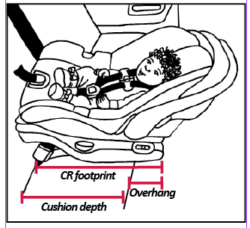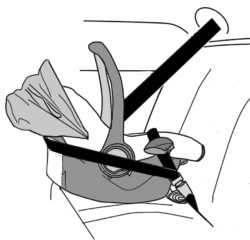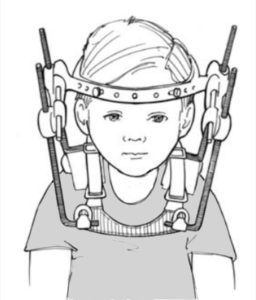Update August 2024: To find a BSC on either of these sites, be sure to search the part number (rather than entering just a product description) in order to ensure acquiring the correct part.
All CPSTs have been trained in how to use a belt-shortening clip (BSC), the heavy-duty device that holds webbing so that a CR can be installed using a lap belt with an ELR retractor. However, few CPSTs have used one outside of certification training because, of course, vehicles with belts that require this device are now old—and, even back in the 1980s and ‘90s, such belt systems were not particularly common.
Still, it is good for CPSTs to know how to identify situations that require a belt-shortening clip and how to help a parent use one, if needed. The situation might be rare, but if a CPST encounters a child who is riding in a vehicle so old as to need a BSC, then the vehicle is also lacking other modern safety features. In such a vehicle, tight installation is even more critical.
Read More from “A Refresher on Belt-Shortening Clips—and Where to Find Them”



